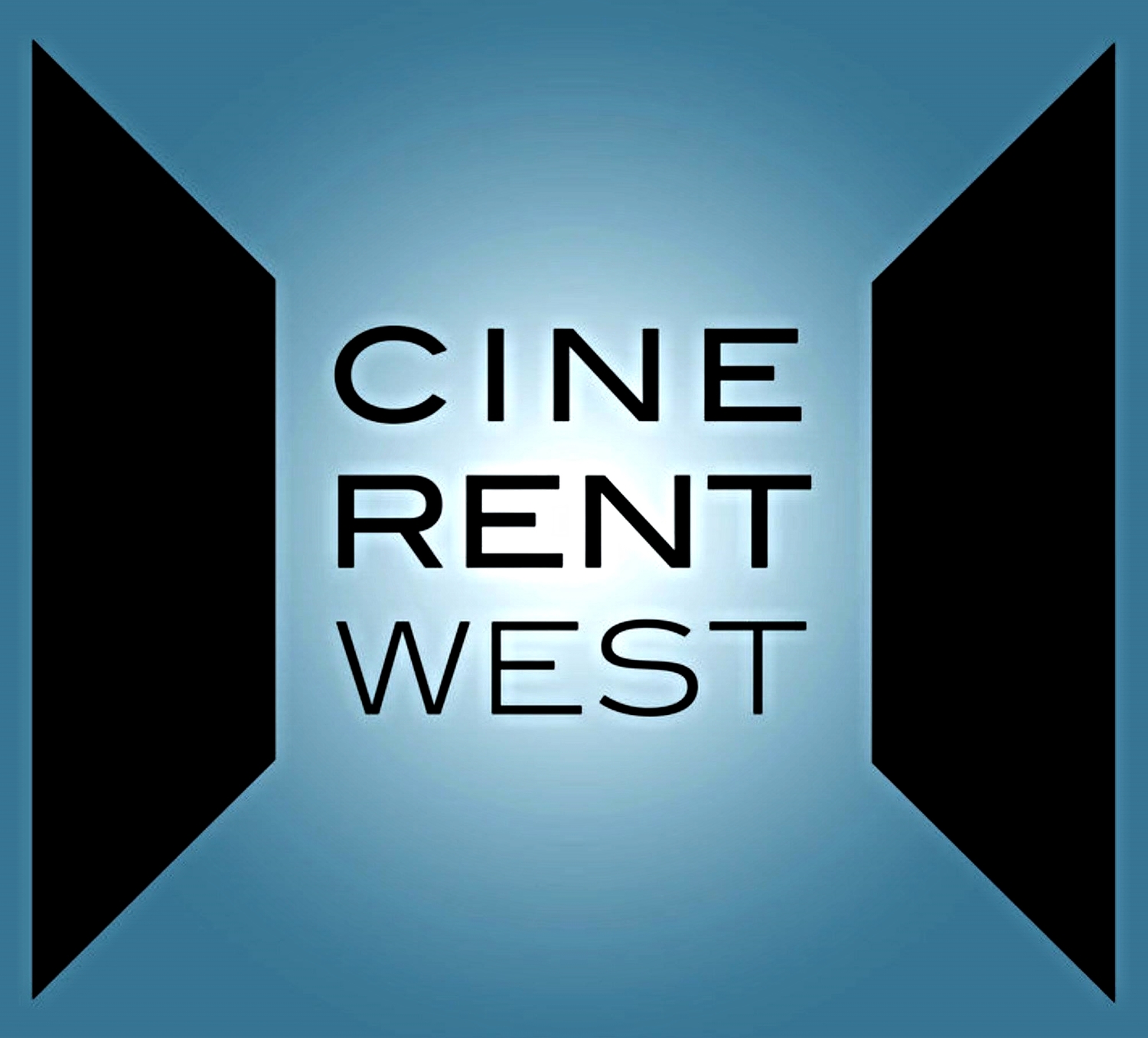First Looks at the ARRI Orbiter
/Thanks to our friends over at PDXpenables, we recently had the chance to demo the new ARRI Orbiter at the studio. Since tradeshow turnout was mostly non-existent over this past year, the industry hasn’t had much of an opportunity to get their hands on it. With very few reviews on the internet, we were excited to fire it up and test out ARRI’s latest creation.
If you’re unfamiliar, the Orbiter is an LED, point source, luminaire. Our first impression as we got it mounted and lit on the stage was its versatility. With several interchangeable lenses, domes and softboxes, it provides a wide variety of options to shape and focus the output. Additionally, it has six shades of LED, (red, green, blue, amber, cyan and lime) creating more color combinations than any of ARRI’s previous LED fixtures. It also boasts a wider CCT range (2,000-20,000K) with four times the processing power and 125 times more memory than its Skypanel ancestors.
Another groundbreaking feature on the Orbiter is the ambient color sensor that matches unique color temperatures in any given environment, making it a valuable tool on location. Furthermore, it has a plethora of connectivity options (USB-C, USB-A, EtherCON LAN, camera sync, DMX, wireless DMX, SD) with a control panel that can be physically removed via tether, making it easier to manipulate if mounted high on a stand.
ARRI’s product specs describe it as “ultra-bright” so we were a little disappointed when comparing it to their M18. The Orbiter’s lumin rating hasn’t been released yet, but after seeing how much brighter their flagship HMI was, it’s hard to imagine this light as a key on set. Lastly, like many fixtures in the ARRI family, it’s quite pricey. You can purchase the fixture for around $6K, but the light does not turn on without an ARRI made lens. So, by the time you’ve bought all the accessories and a case, you’re looking at $10-15K out the door. As rental houses begin to offer the Orbiter, we’ll be interested to see how much that day rate will be. If it’s not priced competitively, it could be challenging for producers and DPs to utilize it on set.


